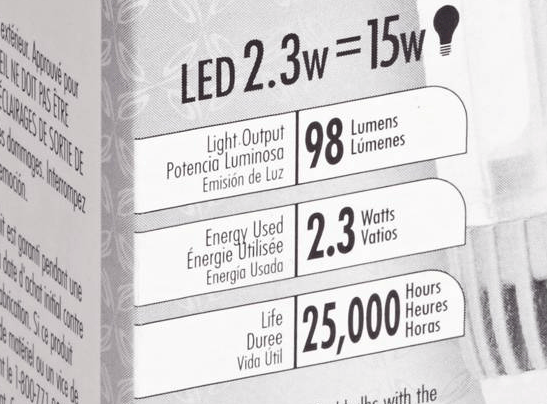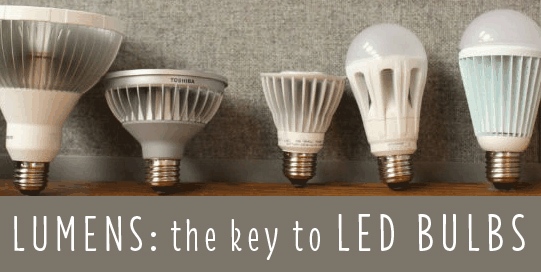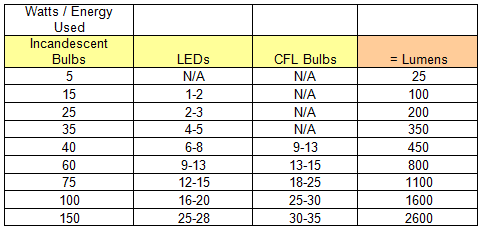Lumens to Watts: The Key to Buying Replacement Light Bulbs

Understanding a few key technical aspects of your interior lighting doesn’t have to feel overwhelming or intimidating—anyone can do it!
To get you started, this article explains the ins and outs of lumens, how paying attention to lumen output can save you energy and money, and offers some suggestions on how to choose the right replacement bulb for your lamp or fixture. Happy learning!

What are Lumens?
There has been a lot in the news recently about new light bulbs such as LEDs. While it is true that LEDs are much more efficient than other bulbs, what gets overlooked is the way that new bulb technologies force us into new ways of evaluating bulb performance, and new ways of purchasing light bulbs.
So when confronted with an array of bulb choices in a store or online, what should we do? The answer is to look to the lumens rating of the bulb.
So what are lumens, and why are they the key to buying replacement light bulbs?
Lumen output is the measurement of how much light a bulb produces. When you compare this rating to how much energy, or watts, a bulb uses, you’ll get a great idea of how energy-efficient a particular bulb happens to be.
For example, in looking at the chart below, we can see that a 60 watt incandescent bulb puts out 800 lumens of light. To make that same amount of light, CFL light bulbs use only 13 to 15 watts of energy, and LED light bulbs a mere 9-13 watts.
Watts/Energy Used vs. Lumens

As you can see, what’s important these days is the amount of lumens a bulb produces, not necessarily the amount of energy used. This is a hard idea to get used to at first. We are so used to buying 60 watt bulbs for table lamps, because we have a good feel for how much light such a bulb will produce.

To find the lumens information, just look to the bulb box. You’ll see it listed along with other information such as energy used and the average estimated lifespan in hours. Once you start shopping for new replacement bulbs by lumens instead of watts, you’ll see that LED lights do use less electricity and you are able to get the same amount of light output for much less energy. And, less lighting energy use means savings on your utility bill, extended bulb life in comparison, and the added benefit of making your house more environmentally friendly.
Questions?
Call 800-782-1967 to speak with one of our friendly, professional Lighting & Home Decor Consultants or visit a Lamps Plus location near you. Whether via phone or in person, we’re happy to assist you in choosing the right replacement bulb.
Check out our video “LED Lighting vs. CFL – Bulbs and Home Lighting Efficiency” below:
More Light Bulb Ideas and Advice
LED and Color Temperature Explained
Light Bulb Identifier and Finder Guide
Lumens to Watts: the Key to Buying Replacement Light Bulbs
How an Incandescent Bulb Works
